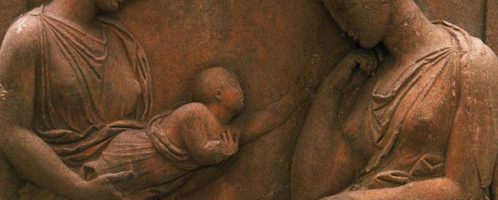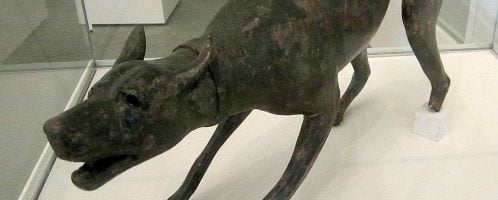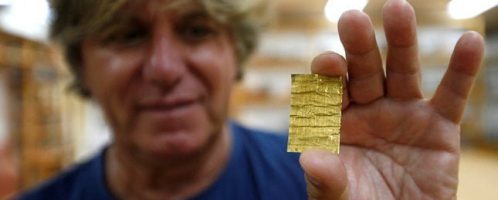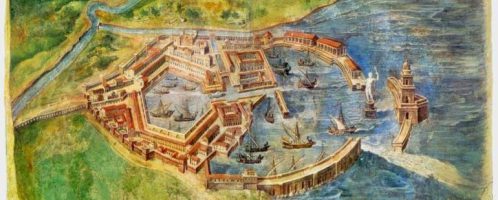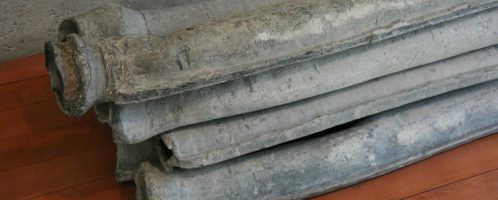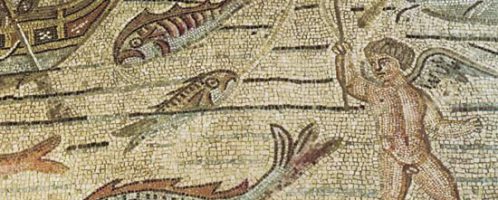None of sex was spared in act of infanticide
Scientists emphasize in “Journal of Archaeological Science” from 2015 that female children did not account for the vast majority of infanticide victims. It was customary to think that at birth, the Romans spared the male offspring more often due to the obvious gender imbalance at the time.

